As passionate cat enthusiasts, nothing excites us more than exotic cat breeds that mimic the stunning patterns of tigers, leopards, lions, and bobcats. Imagine bringing the safari experience home—complete with cuddles and no safety concerns. These adoptable felines offer the thrill of the wild in a domestic package, perfect for most loving cat breeds enthusiasts seeking unique companions.
Before exploring our curated list of exotic cat breeds, consider key aspects of ownership. These aren’t typical house cats; their wild-inspired traits demand specific care to thrive happily indoors.
Legal Considerations for Exotic Cat Breeds
Exotic cat breeds often carry regulations due to their wild ancestry. For instance, Savannah cats in the U.S. typically require at least four generations from their African serval roots to be legally owned as pets. Renters or HOA residents should verify breed restrictions based on size or energy levels.
Always research local laws through authoritative sources like The International Cat Association (TICA) or state wildlife departments. Failing to comply could lead to heartbreaking separations. Consulting a veterinarian experienced in exotic cat breeds ensures you’re fully informed from the start.
Activity and Stimulation Needs
These exotic cat breeds boast high energy from their ancestral lines, craving play, exploration, and mental challenges. Interactive toys, puzzle feeders, and leash training keep them engaged—breeds like Bengals and Chausies excel in these activities.
A stimulated cat avoids destructive behaviors like furniture scratching. Incorporate climbing trees, window perches, and daily sessions to match their intelligence and athleticism. Owners report these routines foster deeper bonds, turning homes into enriching jungles.
Litter Box and Cleaning Essentials
Larger exotic cat breeds, such as Savannahs, Bengals, Chausies, and Highlanders, need spacious litter boxes for comfort. They often prefer unscented, fine-textured litters and generate more waste due to size and activity.
Frequent scooping prevents odors and health issues—aim for daily maintenance. Self-cleaning options simplify this, automatically sifting waste for fresher environments. Vets emphasize hygiene to support urinary health in active breeds.
Cats That Look Like Tigers
Toyger
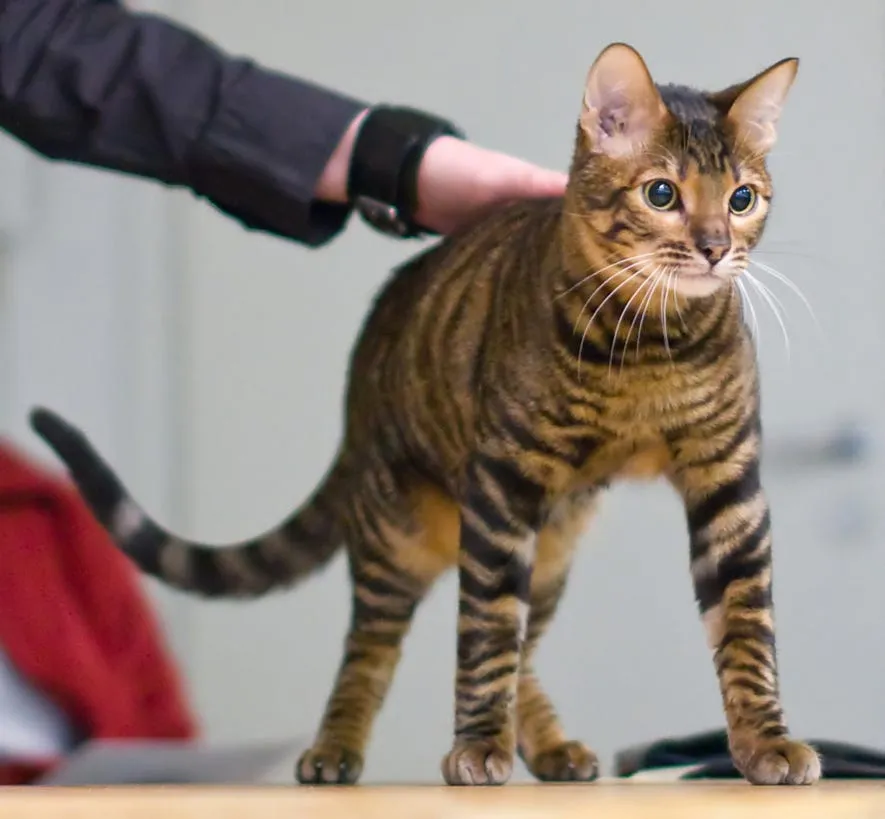 Toyger exotic cat breed
Toyger exotic cat breed
Toyger cats dazzle with bold orange-and-black stripes, resembling miniature tigers without any wild blood. Developed in the 1980s from Bengals and striped Domestic Shorthairs, they weigh up to 15 pounds and display friendly, trainable personalities.
These high-energy companions learn tricks effortlessly, making them ideal for interactive families. Their muscular build and affectionate nature shine in play sessions. According to TICA standards, Toygers thrive with ample stimulation to channel their vigor.
Cats That Look Like Leopards
Bengal
Bengal cats blend Asian Leopard Cat heritage with domestic shorthairs, resulting in spotted coats, water-loving antics, and leash-walking prowess. Weighing up to 18 pounds, they’re muscular athletes who adore human interaction.
Their intelligence demands enrichment to prevent boredom. Owners praise Bengals for dog-like loyalty and entertainment value. For allergy sufferers exploring options, consider hypoallergenic cats that don t shed alongside these vibrant patterns.
Ocicat
Born accidentally in the 1960s from Siamese-Abyssinian crosses refined with American Shorthairs, Ocicats sport tawny spots evoking leopards. Up to 15 pounds, they’re outgoing socialites who integrate into family routines seamlessly.
Their spotted varieties in multiple colors add versatility. Energetic yet adaptable, they flourish with play and affection, per breed club insights.
Cheetoh
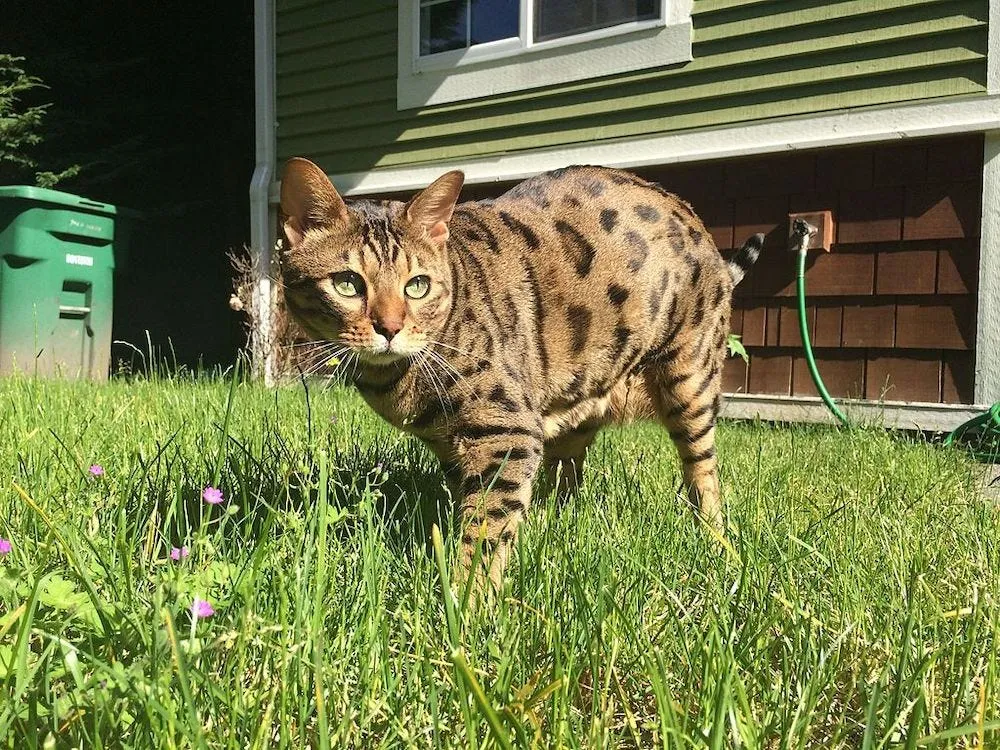 Cheetoh exotic cat breed
Cheetoh exotic cat breed
Cheetohs, from Ocicat-Bengal lineage, prowl with cheetah-like grace, weighing over 20 pounds as one of the largest exotic cat breeds. Rare and unregistered by major clubs, they’re playful cuddlers highly responsive to training.
Leash walks suit their outdoor curiosity safely. Their muscular frames require robust litter solutions and exercise.
Egyptian Mau
Naturally spotted Egyptian Maus sprint at 30 mph, tracing to ancient Egyptian art and one of the oldest domestic breeds—”Mau” means cat in Egyptian. Medium-sized with snow leopard vibes, they’re speedy yet reserved hunters.
Preserve their heritage through responsible breeding. They bond deeply with patient owners.
Highlander
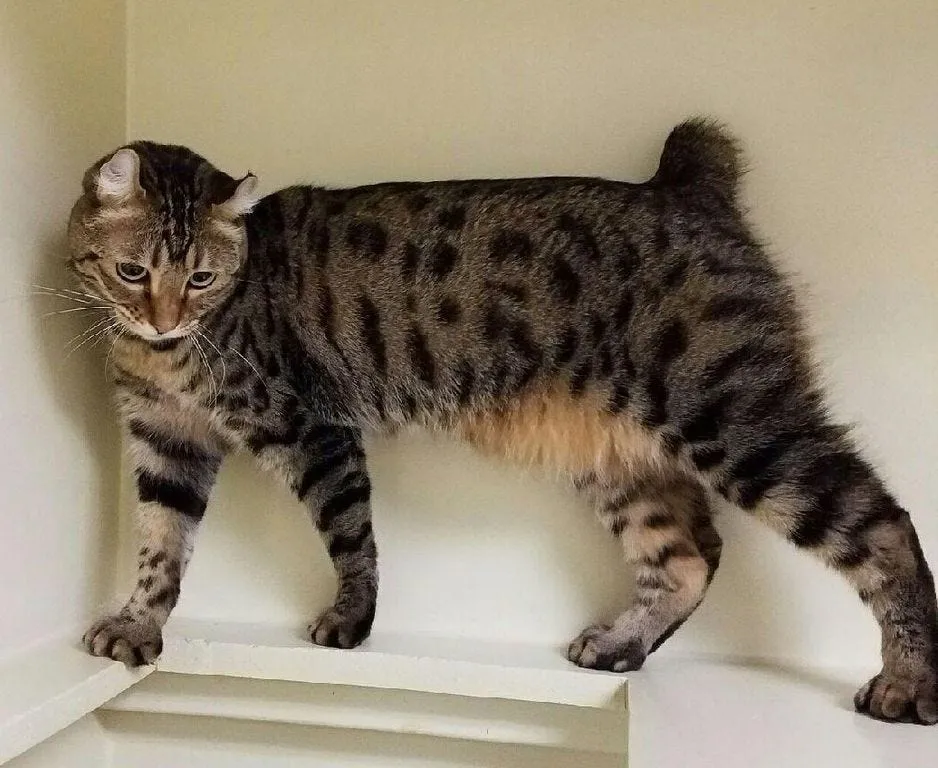 Highlander exotic cat breed
Highlander exotic cat breed
Highlanders combine leopard spots, bobtails, and curled ears from Desert Lynx-Jungle Curl crosses, weighing up to 20 pounds. Playful rarities, they embody lynx aesthetics in a domestic form.
Their rarity underscores selective adoption from ethical sources.
Savannah
Savannahs, Siamese-serval hybrids, epitomize wild allure at up to 25 pounds with intense hunting drives—unsuitable near small pets. Dog-loyal and clever, many states mandate F4+ generations for legality.
Vets recommend tall scratching posts mimicking trees.
Serengeti
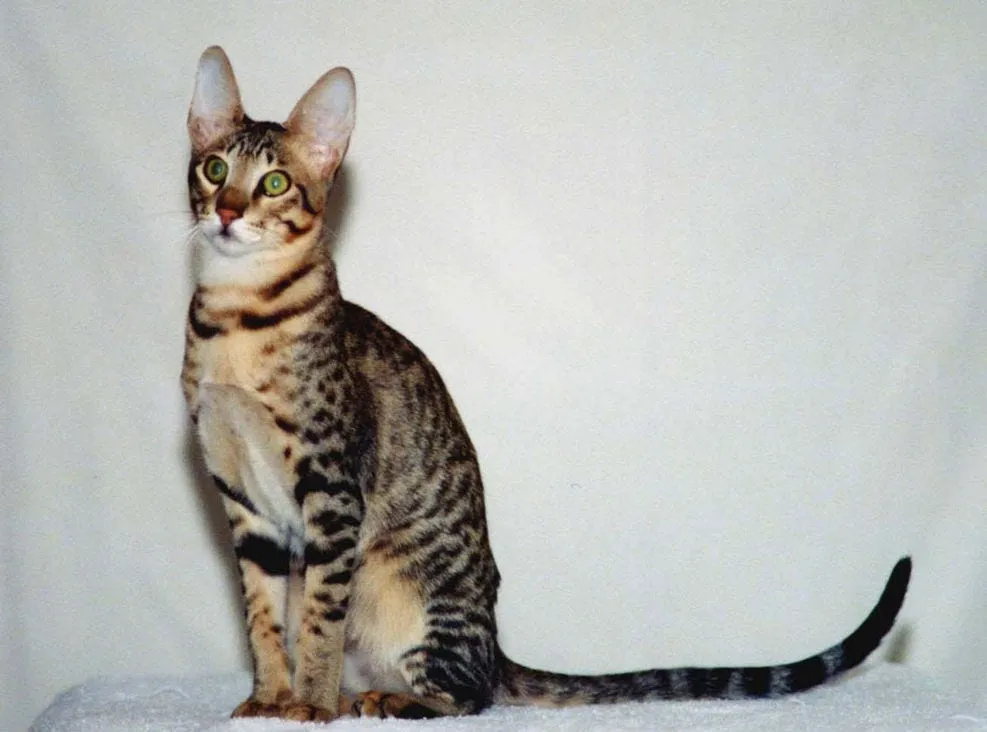 Serengeti exotic cat breed
Serengeti exotic cat breed
Bengal-Oriental Shorthair blends yield Serengetis resembling Sub-Saharan wildcats, jumping 7 feet without serval genes. Preliminary TICA recognition highlights their playful evolution from shy starts, up to 15 pounds.
Water play and agility toys delight them.
Bombay
Bombays emulate black leopards with glossy coats and copper eyes, Burmese-derived and named for India’s black panther lore. Up to 15 pounds, they’re trick-loving greeters shadowing families.
People-oriented, they suit active homes.
Cats That Look Like Lions
Abyssinian
Ancient Abyssinians, possibly Ethiopian-origin ticked tabbies, evoke mini mountain lions at 7-12 pounds. Independent yet affectionate climbers, they demand puzzles and perches.
Historical ties enhance their allure.
Chausie
 Chausie exotic cat breed
Chausie exotic cat breed
Jungle Cat descendants like Chausies reach 25 pounds with lion-mane pride, mummified in Egyptian tombs. Fetch-playing leash walkers, they’re sociable giants.
Cats That Look Like Bobcats
American Bobtail
Southwest-adapted American Bobtails feature natural short tails, maturing slowly to 16 pounds as fetch-loving family pets. Versatile across environments.
Kurilian Bobtail
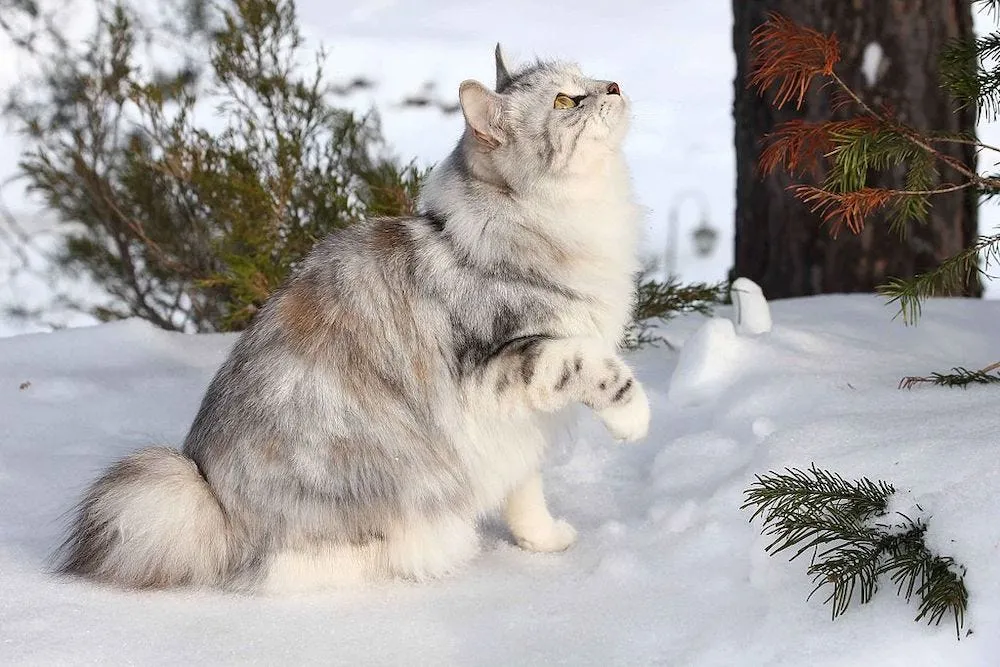 Kurilian Bobtail exotic cat breed
Kurilian Bobtail exotic cat breed
Russian island natives with pom-pom tails, Kurilian Bobtails water-love and mouse-hunt as cuddly companions.
Manx
Isle of Man tailless mousers retain hunting skills but risk health issues—adopt rescues ethically.
Pixie-bob
 Pixiebob exotic cat breed
Pixiebob exotic cat breed
Domestic Pixie-bobs mimic bobcats with polydactyl allowances and varied coats, bred for wild looks.
Exotic cat breeds transform homes into adventures, blending beauty with companionship. Prioritize legal checks, enrichment, and vet guidance for success. Explore shelters for these gems and discover more with our cat care tips—start your wild journey today!
References
- The International Cat Association (TICA) breed standards.
- Photo credits: Wikimedia Commons (Toyger: © Heikki Siltala / CC-BY-SA-3.0; Cheetoh: © Chris Rue / CC-BY-SA-4.0; Highlander: © DigitalDirt / CC-BY-SA-4.0; Chausie: © Wilczakrew / CC-BY-SA-3.0; Kurilian Bobtail: © TRUE KURILIANS / CC-BY-SA-4.0; Pixie-bob: © Donna Cox / CC-BY-3.0).
